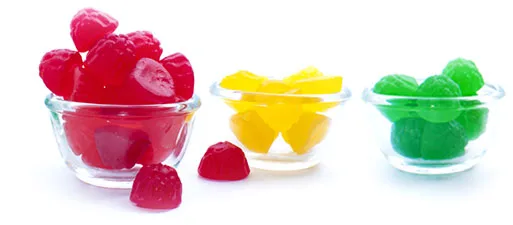We know that color plays a major part in consumer preference for food and beverages. In fact, a 2007 study published in the Journal of Consumer Research concluded that color is a more powerful influencer than taste.
At the same time, consumers increasingly want the color in food and beverages to come from natural sources. Our consumer study earlier this year indicated about 66% of them want natural color. Given that 2015 has seen a number of companies and brands announce their intention to convert to natural colors, interest is higher than ever before. Many of our customers, even those who have worked with natural colors in the past, have a lot of questions. There are a few misperceptions that we hear quite frequently. The following is a list of the most common.
There are a few misperceptions that we hear quite frequently.







Consumers, especially those in North America, are raising their voices through social media and other avenues and asking for natural colors. In response, we are committed to continuously improving the performance and cost-in-use of natural colors. It is an exciting time to be working in the industry, with constant change being the norm.